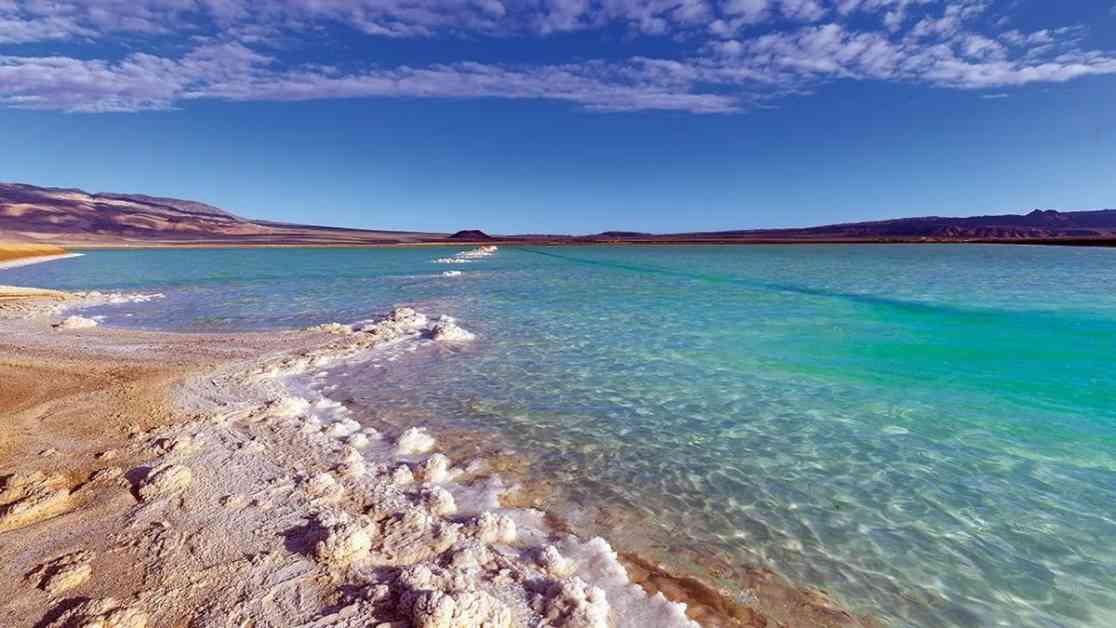In Clayton Valley, Nevada, the Silver Peak Mine has been a hub for lithium production since 1966. The aquamarine pools in the valley are rich in lithium, a metal that is now in high demand due to the increasing use of lithium-ion batteries in electric vehicles and renewable energy sources. The United States currently only produces 0.5% of the global lithium supply, but Nevada has the potential to change that statistic.
The geologic history of Nevada has played a crucial role in the formation of lithium deposits in the state. The Basin and Range Province, which includes Nevada, has experienced significant crustal extension over millions of years, leading to the formation of basins where sediment and water have pooled. Lithium is leached from rhyolite source rocks by runoff and accumulates in basins, where it concentrates into brines. In Clayton Valley, lithium-rich brine is pumped to the surface and evaporated to extract the metal.
Beyond lithium brine, geologists are excited about the potential of lithium clay deposits in Nevada. The McDermitt Caldera, located on the Nevada-Oregon border, is one of the world’s largest known lithium deposits, with the Thacker Pass project estimated to contain 240 million tons of lithium. The unique geologic history of McDermitt, including the formation of enriched rhyolites, has led to the accumulation of lithium-rich clay deposits. Other calderas in Nevada have not yet yielded similar amounts of lithium, leaving geologists with questions about the geologic processes involved.
Rhyolite Ridge, located in the Silver Peak Range, is Nevada’s next lithium clay frontier. The site is believed to have accumulated lithium-rich deposits in a tectonically active basin, with faulting and uplifting processes exposing valuable clays. Ioneer USA Corporation is planning a lithium-boron mine and processing plant at Rhyolite Ridge, with production expected to begin in 2028.
With the Tesla Gigafactory near Reno already producing lithium battery cells for electric vehicles, Nevada’s lithium production is set to increase with the development of new lithium clay deposits. The state’s geologic history and unique tectonic setting have positioned it as a key player in the global lithium market, with the potential to significantly increase its share of lithium production in the coming years.










